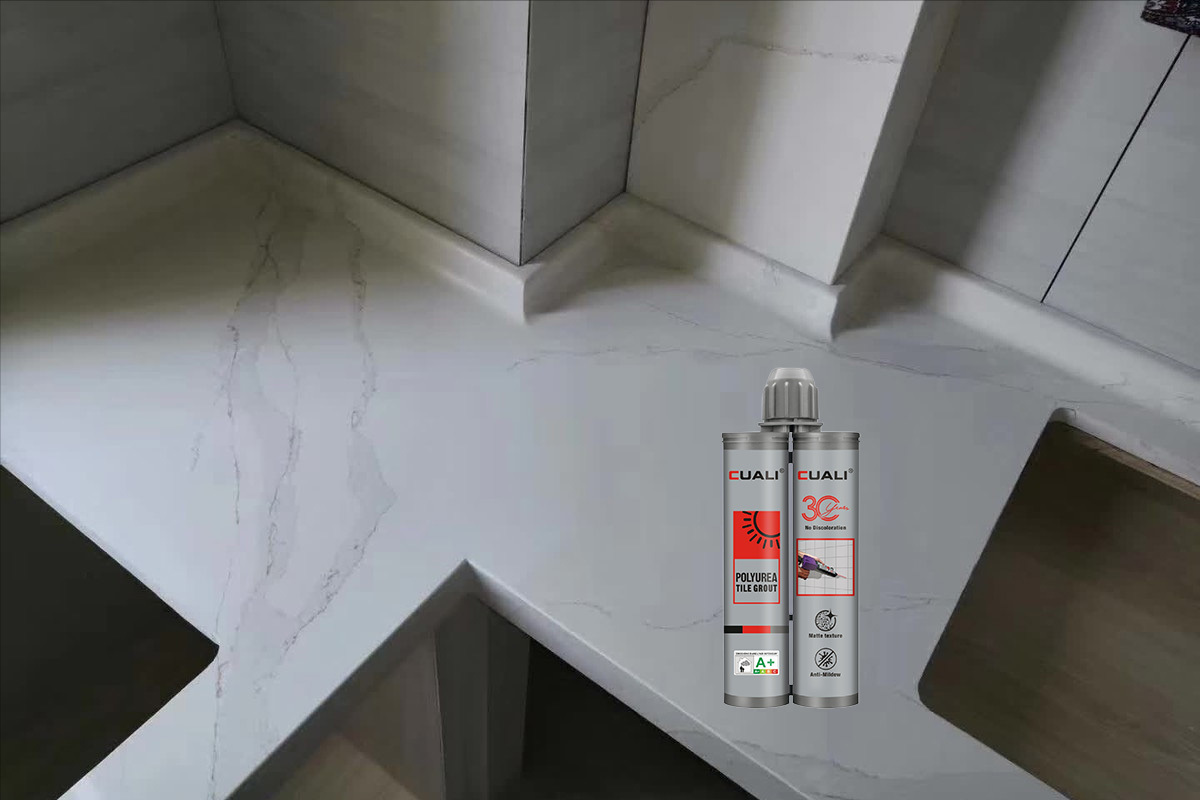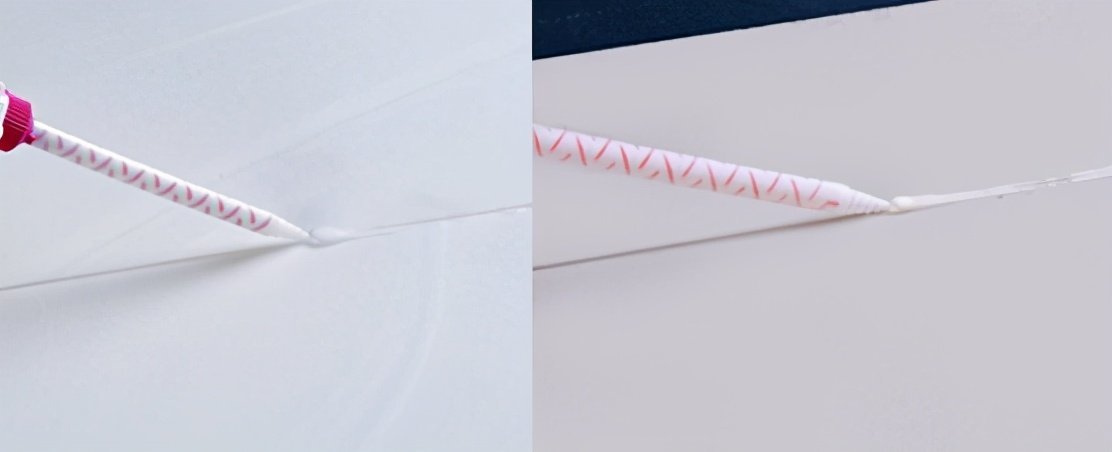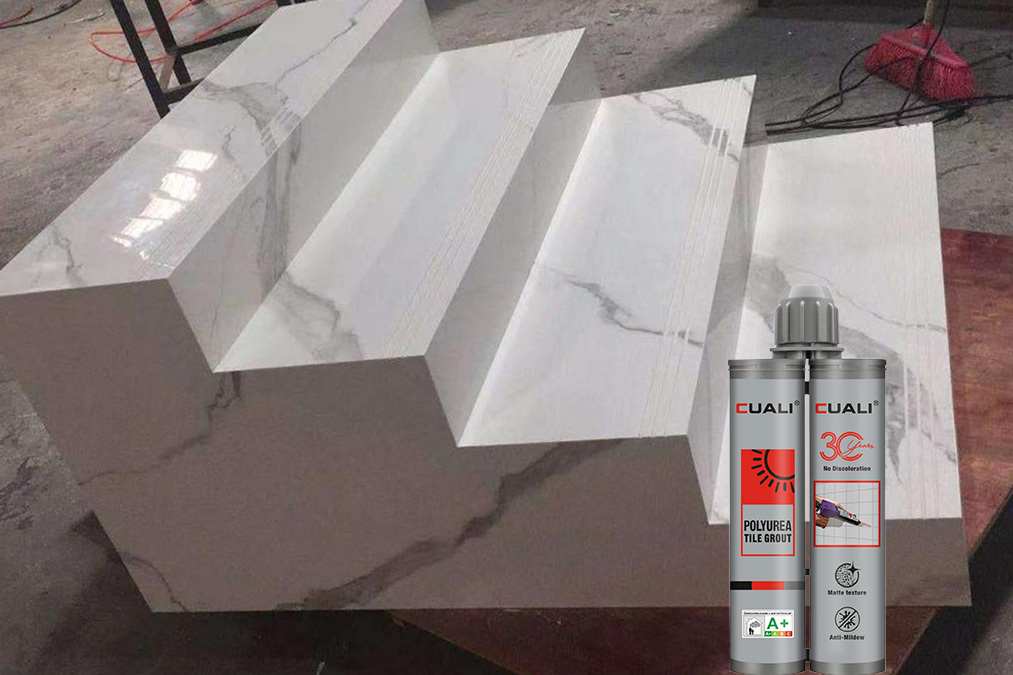
How to Remove Strong Odors from Sintered Stone Adhesive? Methods to Distinguish Good and Bad Sintered Stone Adhesive
When decorating a new home, many users choose sintered stone for kitchen countertops, cabinets, and dining tables. Currently, sintered stone is a popular stone decoration material, known for being healthy, environmentally friendly, stylish, and durable. But do you know how to deal with the problem of strong odors from sintered stone adhesive?
Two Methods to Remove Strong Odors from Sintered Stone Adhesive
First Method: Normal Curing Process (for qualified adhesives)
Sintered stone adhesives produced through formal channels and meeting national testing standards may emit a slight odor during application, which is normal. However, the odor will completely disappear within about 20 minutes after the adhesive fully cures (dries). This is a natural phenomenon! Such adhesives are free of formaldehyde and harmful substances after curing, making them safe for bonding stone.
Second Method: Ventilation and Adsorption (for low-quality adhesives)
If the adhesive odor lingers or becomes pungent after curing, it may indicate that the adhesive fails to meet national standards or is even a "three-no" product (no brand name, no factory address, no quality certification).Correct Steps:
- Open windows for ventilation, similar to airing out a new home after decoration.
- Place live green plants, activated carbon, bamboo charcoal, or wood charcoal in areas with odors to absorb them.
Note: Formal brand sintered stone adhesives should have no odor at all after curing. Always choose carefully before purchasing—do not prioritize low prices over quality. Only products with a good reputation can ensure long-term customer trust and satisfaction.

Methods to Distinguish Good and Bad Sintered Stone Adhesive
- Smooth Application:
- Good adhesive: Easy to squeeze out evenly, allowing craftsmen to apply it smoothly.
- Bad adhesive: Difficult to squeeze out or with a watery consistency.
- No Odor After Curing:
- Good adhesive: Completely odorless after curing, ensuring safety.
- Bad adhesive: Persistent odor that may cause dizziness—leave the area immediately if this occurs.
- Color Stability (No Yellowing):
- High-quality adhesive: Maintains color for 10 years without yellowing.
- Low-quality adhesive: May yellow within 1 year or even sooner.
- Strong Bonding Power:
- Good adhesive: Firmly bonds without cracking or peeling.
- Bad adhesive: Prone to cracking or falling off within 3 months or less.

Conclusion: Sintered stone adhesive is specially developed for splicing and bonding sintered stone, but product quality varies widely on the market. The most reliable way to avoid strong odors is to purchase through formal channels and choose adhesives that are completely odorless after curing. If you have other questions about sintered stone adhesive, feel free to leave a message for consultation!
This translation uses simple language and clear structure to ensure readability while maintaining technical accuracy. Let me know if you need further adjustments!
Summary:
Are you worried about improper handling of the closure details of sintered stone? As long as the right method is used, it can be completely seamlessly spliced with excellent closure that is indistinguishable to the naked eye. So, how to handle the details of 45-degree corner closure for sintered stone?
Time:
2025-06-07
More News

